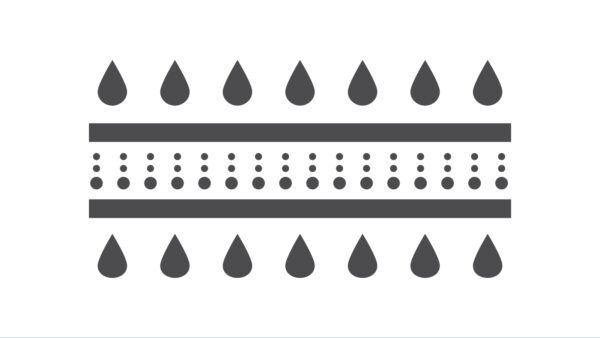Anyone looking through our line of adenosine triphosphate (ATP) test kits will probably notice one particular item that is included in some methods, but not in others: the Quench-Gone syringe filters. So, what purpose do they serve and why are they only used in some methods?
A major advantage of LuminUltra’s 2nd Generation ATP test kits is that they measure cellular ATP (cATP), which is a direct indicator of total living biomass concentration. Different approaches can be used to isolate cATP from total ATP, but the optimal approach will depend on sample characteristics. For samples that contain high concentrations of solids, kits such as the QuenchGone21 Wastewater (QG21W) or the QuenchGone21 Industrial (QG21I) use dilution-based methods to measure total and dissolved ATP, allowing the user to calculate cATP. On the other hand, for filterable samples, the Quench-Gone Aqueous (QGA) and Quench-Gone Organic Modified (QGO-M) test kits use Quench-Gone filters to simultaneously retain live cells from the sample while allowing dissolved impurities and extracellular ATP from dead cells to pass through. The captured cells are then lysed, allowing the user to measure cATP.
There are several unique features that make the Quench-Gone filters particularly well-suited for their applications.
- Because of their depth-style design, the filters provide excellent cell capture efficiency for both clean and contaminated samples.
- In validation testing, the Quench-Gone filters demonstrated equivalent or better capture efficiencies compared to a range of common membrane filters on a variety of sample types.
- They can process larger volumes compared to filters with similar surface areas that operate exclusively based on pore size. This is a significant advantage for clean or uncontaminated samples, as the sensitivity of the test can be increased by using larger sample volumes.
The Quench-Gone filter materials are also compatible with a wide range of sample matrices. As a result, the QGA test kit can be used on various low-solids water-based samples, ranging from ultrapure to salt waters containing up to 10% free oil or total dissolved solids. The filters included in the QGO-M test kits are specially fabricated to handle harsh, oil-based samples, such as metalworking fluids, conventional fuels, crude oil and emulsions, oily brines, and produced waters.
A few other tips that can help optimize filter performance:
- Follow the test kit instructions. Do not pull the plunger out while the filter is connected, as you will risk damaging or contaminating the filter.
- The QGOM method includes a filter wash step, which removes organic contaminants that could interfere with the assay. After washing, dry the filter by slowly pushing the plunger down through the empty syringe barrel.
- During the extraction step, maximize contact time by slowly pushing the UltraLyse7 through the filter. Also, ensure that the plunger is pushed completely to the bottom of the syringe to maximize liquid transfer to the UltraLute tube.
If you have any questions or would like more information, our Technical Support team is always happy to help.









